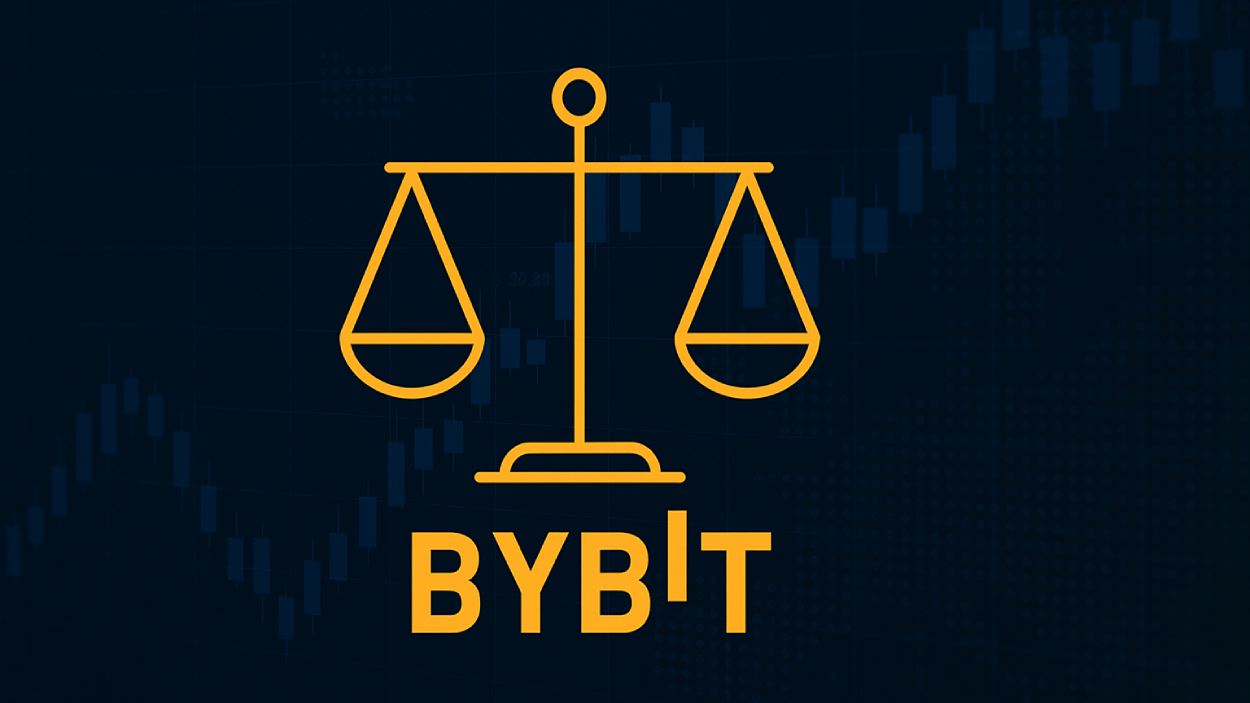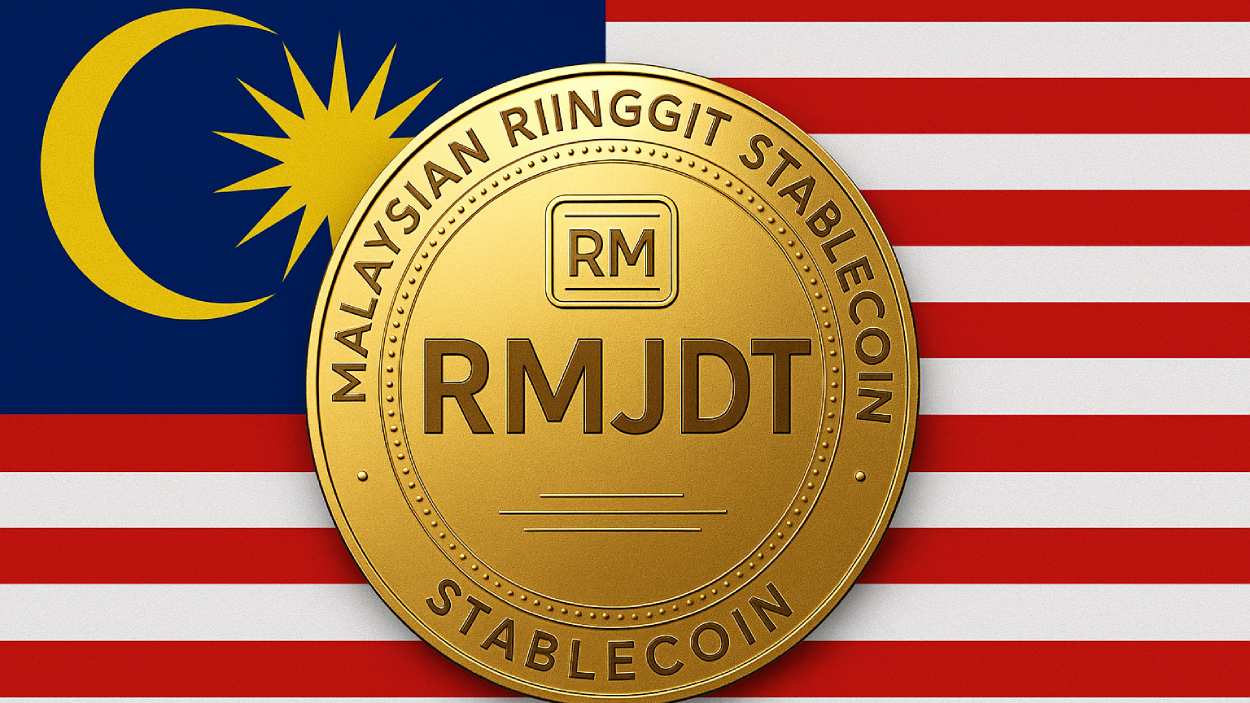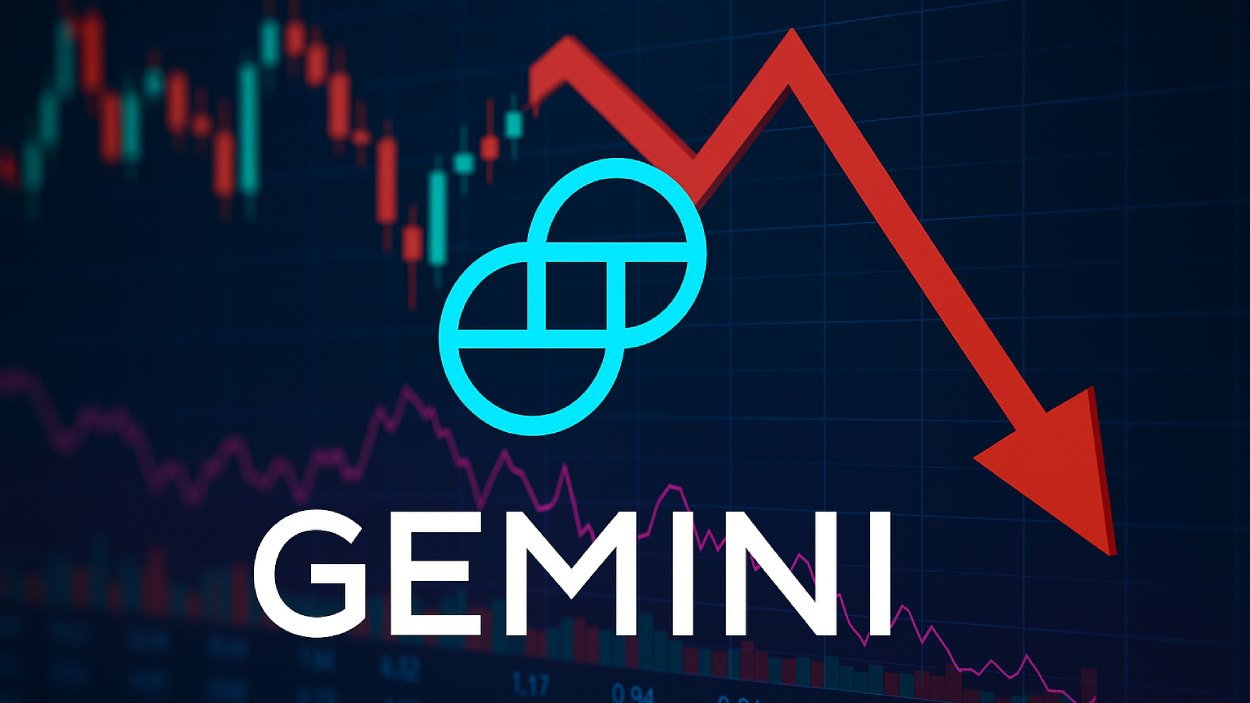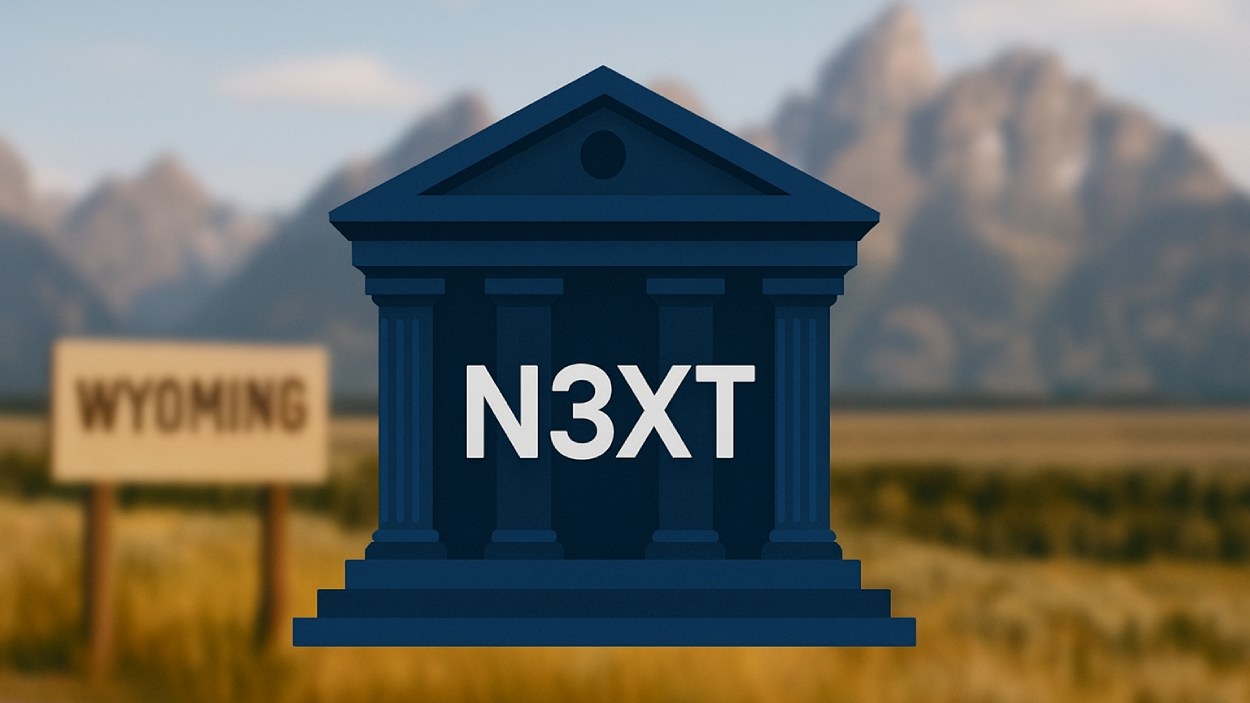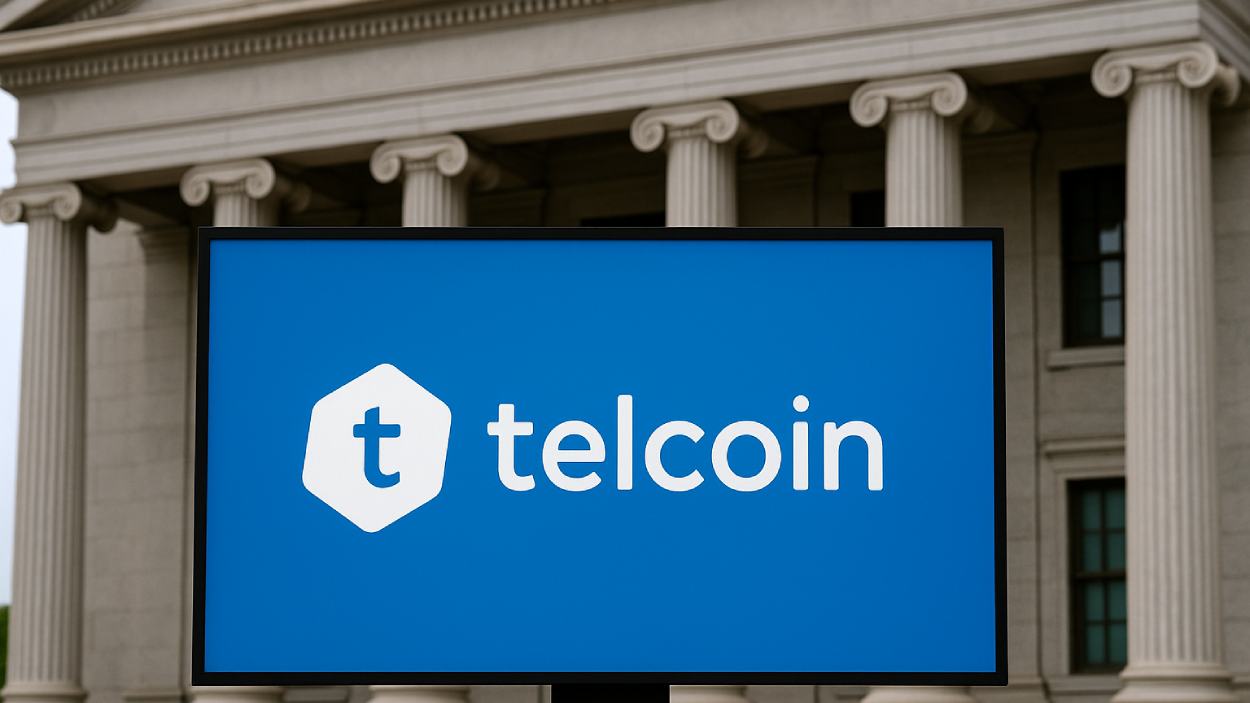In recent years, the rise of digital currencies has captured the world’s attention, evolving from niche technological concepts to mainstream financial assets. The journey of cryptocurrencies, from Bitcoin’s launch in 2009 to the explosive market growth and the spread of Central Bank Digital Currencies (CBDCs), is reshaping the financial landscape globally. With 2025 poised to bring even more breakthroughs, it’s essential to understand the current statistics and trends that define this dynamic space. This article provides a comprehensive look at the latest data and insights, guiding you through the numbers and key developments shaping digital currency today.
Editor’s Choice: Key Milestones in Digital Currency
- Crypto’s global market value stood at $3.28 trillion in January 2025, $1.65 trillion cumulative market value.
- Crypto assets are most popular in Asia, which accounts for 60% of global crypto users, significantly surpassing North America’s user base of approximately 72 million.
- As of January 2025, one study found that 28% of American adults own crypto, and 67% of current owners plan to buy more.
- Around 659 million people own crypto, which accounts for 8.3% of the global population.
- The Bitcoin network recorded an average of approximately 359,522 transactions per day, reflecting increased adoption and activity compared to previous years.
- Approximately 46% of U.S. businesses have integrated cryptocurrency into their accepted payment methods.
- 38% of individuals have refrained from investing in cryptocurrencies due to the absence of a clear regulatory framework.
Digital Currency Market Share Breakdown
- Trading holds the largest share of the digital currency market at 32%, highlighting its dominant role in crypto usage and exchange platforms.
- Retail and E-commerce account for 27%, showcasing the growing adoption of digital currencies for online purchases and merchant transactions.
- Banking contributes 18%, reflecting the increasing integration of digital assets into traditional financial services and payment systems.
- Others make up 13%, covering miscellaneous applications such as gaming, remittances, and peer-to-peer transfers.
- Government usage represents 11%, pointing to emerging interest in CBDCs (Central Bank Digital Currencies) and regulatory tools.
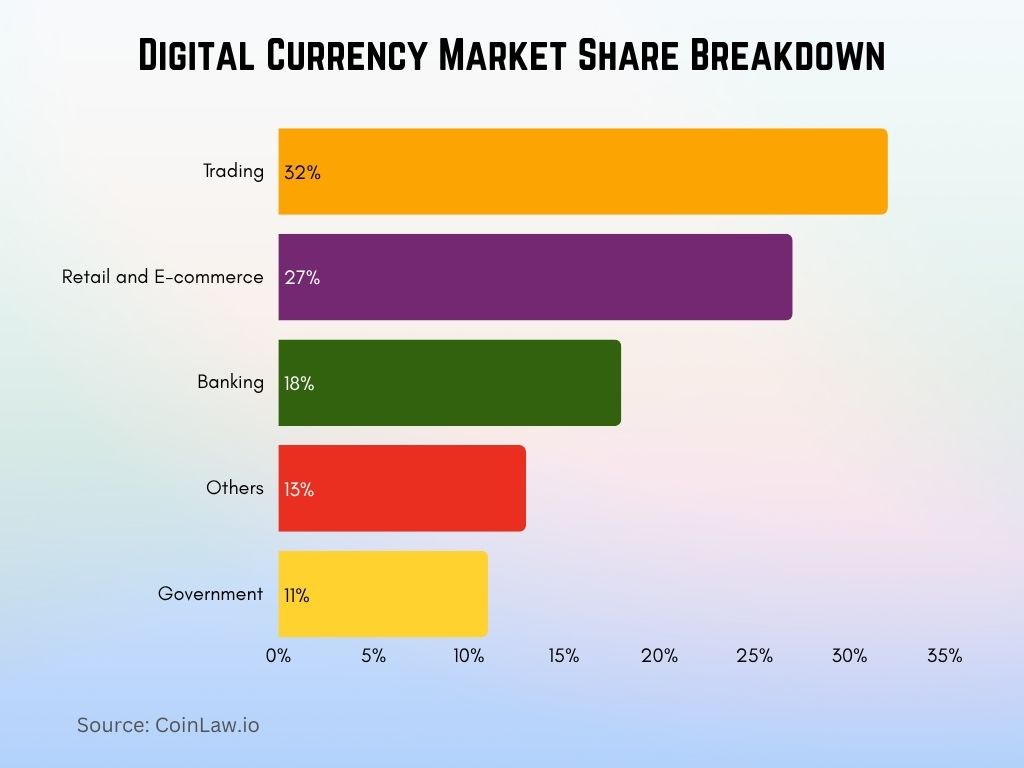
Cryptocurrency Market Size and Growth
- The global cryptocurrency market size is expected to reach $1.8 trillion by 2025, growing steadily with a projected CAGR of 11.7% through 2030.
- The United States leads with 27% of global crypto transaction volume in 2025, followed closely by Europe at 21% and Asia at 18%.
- DeFi markets hit $98 billion in TVL by mid-2025, showing a 22% year-over-year increase from 2024 levels.
- Institutional investments in digital assets exceeded $52 billion in 2025, reflecting deepening adoption among banks and asset managers.
- Cryptocurrency exchanges processed over $8.4 trillion in trades in 2025, with Binance alone handling $6.9 trillion.
- The NFT sector generated $18.4 billion in sales in 2025, slightly lower than 2024 but signaling mature, sustained interest in utility-based NFTs.
- Over 40 governments now have crypto-supportive policies in place, with the UAE, Singapore, and Germany leading 2025’s regulatory innovation.
Global Adoption Rates of Cryptocurrencies
- As of 2025, over 510 million people worldwide now hold cryptocurrency, with rapid growth in Latin America, Africa, and Southeast Asia.
- Vietnam still leads in per-capita crypto adoption, with 19.2% of its population actively using or transacting in crypto assets.
- In the United States, 15% of adults now own cryptocurrency in 2025, rising steadily from previous years.
- El Salvador reports 35% of its population using Bitcoin in 2025, boosted by remittance incentives and government-backed wallet campaigns.
- Nigeria’s crypto usage hit 41% of adults in 2025, with most turning to digital assets to counter inflation and improve cross-border payments.
- U.S. millennials show 43% crypto ownership in 2025, maintaining their lead as the most engaged generational cohort in digital assets.
- In Africa, 84% of crypto transactions are now mobile-based, highlighting mobile wallets as key drivers of mainstream crypto adoption.
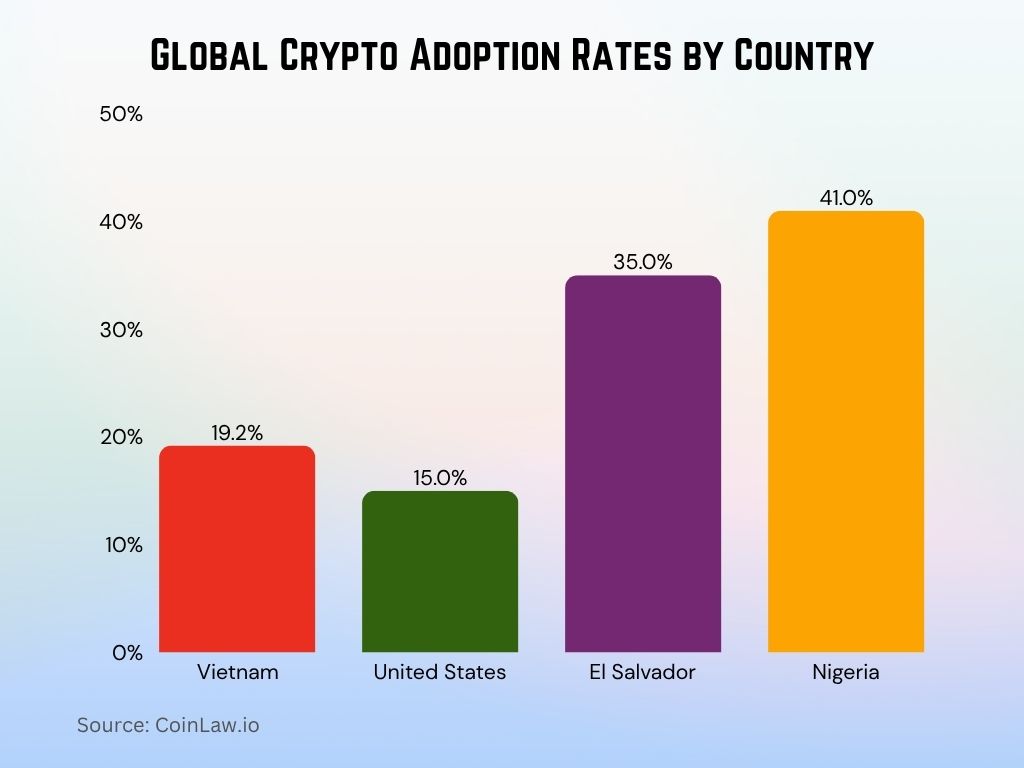
Popular Cryptocurrencies by Ownership and Use
- Bitcoin (BTC) remains the most widely held cryptocurrency, owned by 65% of all crypto holders globally, serving as both an asset and a store of value.
- Ethereum (ETH) is the second most popular, owned by 50% of crypto investors, driven by its smart contract capabilities and extensive application in DeFi and NFT markets.
- Tether (USDT), the largest stablecoin, is widely used for cross-border transactions and crypto-to-fiat conversions, with daily trading volumes exceeding $60 billion.
- Binance Coin (BNB) has seen increased adoption due to its utility on the Binance platform, where it offers transaction discounts and other incentives, contributing to 20% of Binance’s trading volume.
- Ripple (XRP) has gained traction among financial institutions for cross-border payments, with 300+ financial partners worldwide using its technology.
- Litecoin (LTC), often dubbed the “silver to Bitcoin’s gold,” is popular among retail users, especially in Europe and North America, due to its faster transaction speeds.
- Cardano (ADA), known for its focus on scalability and security, has gained a significant user base in developing regions where blockchain applications in education and healthcare are being explored.
Cryptocurrency Exchange Platform Market Outlook
- The global market size for cryptocurrency exchange platforms is expected to grow from $50.95 billion in 2024 to $150.1 billion by 2029.
- The projected compound annual growth rate (CAGR) is an impressive 24.1%, signaling rapid expansion in the industry.
- In 2025, the market is forecasted to reach $63.38 billion, continuing a strong upward trend.
- This growth reflects increasing global adoption, regulatory clarity, and rising institutional participation in crypto trading platforms.
- By 2029, the market is set to triple in size compared to 2024, showcasing strong investor confidence in crypto infrastructure.
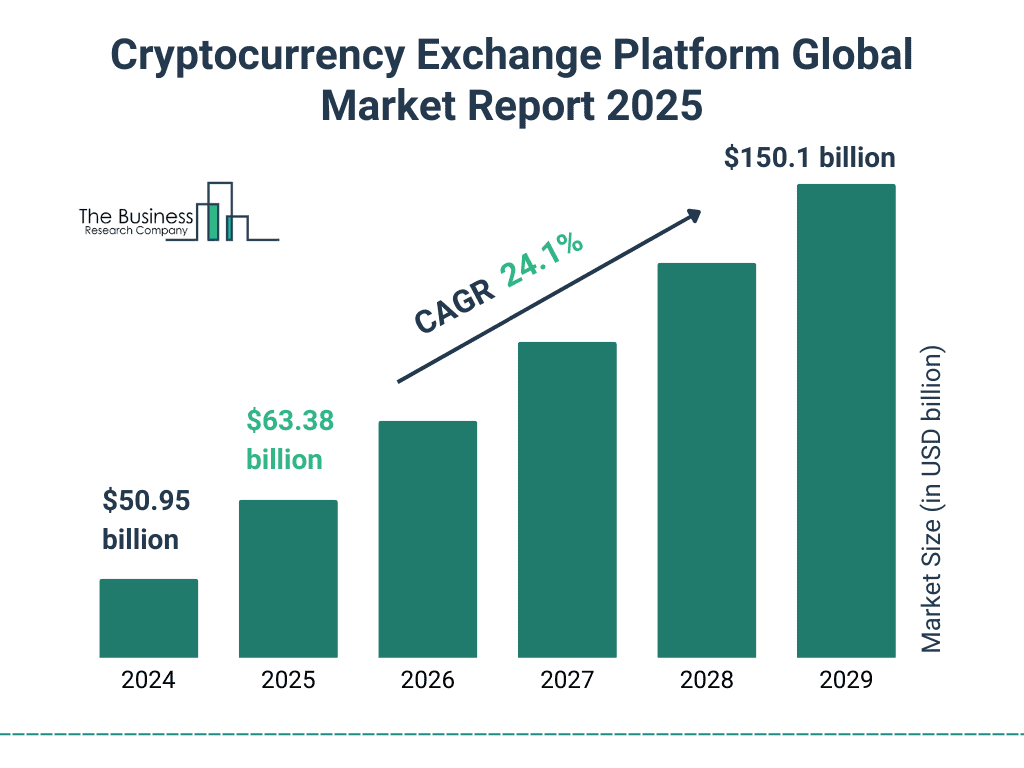
Types of Cryptocurrency
- Cryptocurrencies are categorized mainly into three types: Payment Coins, Utility Tokens, and Stablecoins. Payment coins like Bitcoin serve as a medium of exchange, while utility tokens like Ethereum provide access to blockchain-based services.
- Stablecoins bridge the gap between fiat and crypto, maintaining pegged value to assets like the U.S. dollar. Popular stablecoins include USDT, USDC, and BUSD.
- Privacy coins, such as Monero (XMR) and Zcash (ZEC), prioritize user anonymity, enabling transactions that are difficult to trace.
- DeFi tokens, such as Uniswap (UNI) and Aave (AAVE), support decentralized finance platforms, allowing users to earn interest and participate in loan and lending services directly on the blockchain.
- NFT-related tokens, like FLOW and CHZ, are linked to specific blockchain ecosystems, supporting the creation and trade of digital collectibles and virtual assets.
- Governance tokens, such as MakerDAO (MKR), allow holders to participate in protocol decisions, including adjustments to fees, token distributions, and overall policy.
- Meme coins like Dogecoin (DOGE) and Shiba Inu (SHIB) have gained popularity mainly due to social media hype, though they remain highly volatile and speculative.
Crypto Market Sentiment
- 83% of current crypto owners expect the market to increase in 2025, showing strong investor optimism.
- Only 3% of current owners believe the market will decline, while 13% think it will stay the same.
- Among non-owners, 56% anticipate an increase, while 31% say it will stay the same, and 13% foresee a decline.
- For all informed adults, 67% expect market growth, 24% expect stability, and 9% predict a drop.
- Sentiment is most positive among existing crypto holders, reflecting their confidence in the market’s long-term trajectory.

Technological Innovations in Digital Currencies
- Layer 2 solutions like Bitcoin’s Lightning Network and Ethereum’s Optimism have enhanced transaction speeds and reduced fees, enabling more scalable blockchain networks.
- The development of zero-knowledge proofs (ZK-rollups) has transformed blockchain security, allowing transactions to be verified without revealing sensitive information, crucial for privacy-focused applications.
- Cross-chain interoperability technology, including projects like Polkadot and Cosmos, allows digital currencies to interact across different blockchain networks, expanding the use cases and accessibility of various tokens.
- Smart contracts are evolving with Ethereum’s 2.0 upgrade, making them more efficient and secure, which could foster more advanced applications in sectors such as finance and real estate.
- The rise of decentralized exchanges (DEXs) like Uniswap and PancakeSwap has reduced dependency on centralized platforms, enabling users to trade digital assets directly with one another.
- NFT marketplaces are increasingly integrating with the Metaverse, allowing users to own and trade digital assets within virtual worlds like Decentraland and The Sandbox.
- Blockchain-based identity solutions are gaining traction, especially in emerging markets, where decentralized digital IDs could provide secure, verifiable identities for the unbanked population.
Cryptocurrency Statistics: Investors and Demographics
- Millennials and Gen Z are the primary crypto investors, with 65% of crypto holders in the U.S. aged between 18 and 34.
- Women’s participation in crypto has grown, with 32% of crypto holders in the U.S. now female, up from 26% in 2020, reflecting a more inclusive trend in digital finance.
- Institutional investors have significantly increased their crypto holdings, with BlackRock and Fidelity now offering crypto assets within retirement portfolios, attracting a broader range of investors.
- Retail investors make up 60% of the crypto market globally, while institutional investments are on the rise, especially in assets like Bitcoin ETFs in Canada and Europe.
- In Africa, crypto adoption is high among youth, with 70% of users under 30 using digital currencies as a hedge against inflation and to facilitate cross-border transactions.
- Urban populations are more likely to adopt digital assets, with 85% of crypto users living in metropolitan areas, where tech infrastructure and financial services are more accessible.
- According to recent surveys, 35% of U.S. crypto holders earn an annual income of over $100,000, indicating a growing interest from higher-income individuals in digital assets.
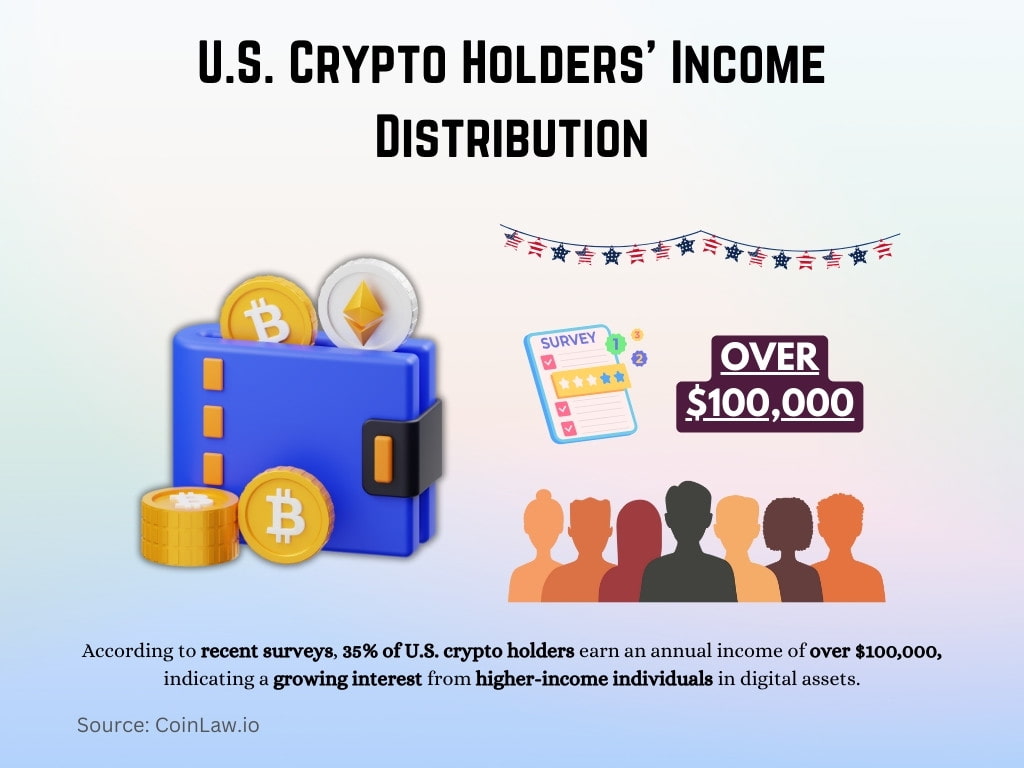
Recent Developments
- In 2025, 27% of central banks have paused their CBDC plans, though half of them still target rollout within 3–5 years.
- Crypto thefts in 2025 reached $2.6 billion, up 18% year-over-year, with North Korean-linked actors stealing $1.58 billion, or 61% of total stolen funds.
- Cryptocurrency payment usage in the U.S. is up 43% in 2025, on track for an 88% growth rate by 2026.
- As of May 2025, Bitcoin leads 24-hour trading volume, consistently outperforming Ethereum and stablecoins like Tether.
- The global number of crypto owners crossed 590 million in 2025, driven by 35% year-over-year growth, especially in South America and Southeast Asia.
Conclusion
The digital currency has transformed from a speculative asset class to an influential financial force with far-reaching impacts on global finance, technology, and culture. Digital assets are becoming more integrated into everyday financial activities, regulatory frameworks are solidifying, and new technologies are enhancing blockchain’s efficiency and security. While challenges like environmental impact and regulatory uncertainty remain, the shift towards sustainable practices and widespread adoption signals a positive future for the digital currency ecosystem. Whether it’s institutional investors, retail adopters, or national governments, stakeholders worldwide are taking steps to harness the potential of digital currency, positioning it as a key driver in the future of finance.
Hover or focus to see the definition of the term.






































